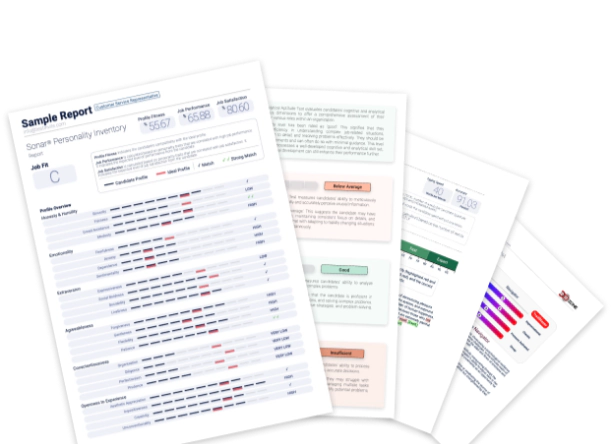Insight-driven reports
Gain a deeper understanding of every candidate — not just their final score. Our detailed reports reveal key strengths, growth areas, and how well each individual fits the role.
Get reports on individuals' orientations, strengths, and weaknesses.
Compare each individual against others.
Compare an individual's competencies to the job's requirements.









